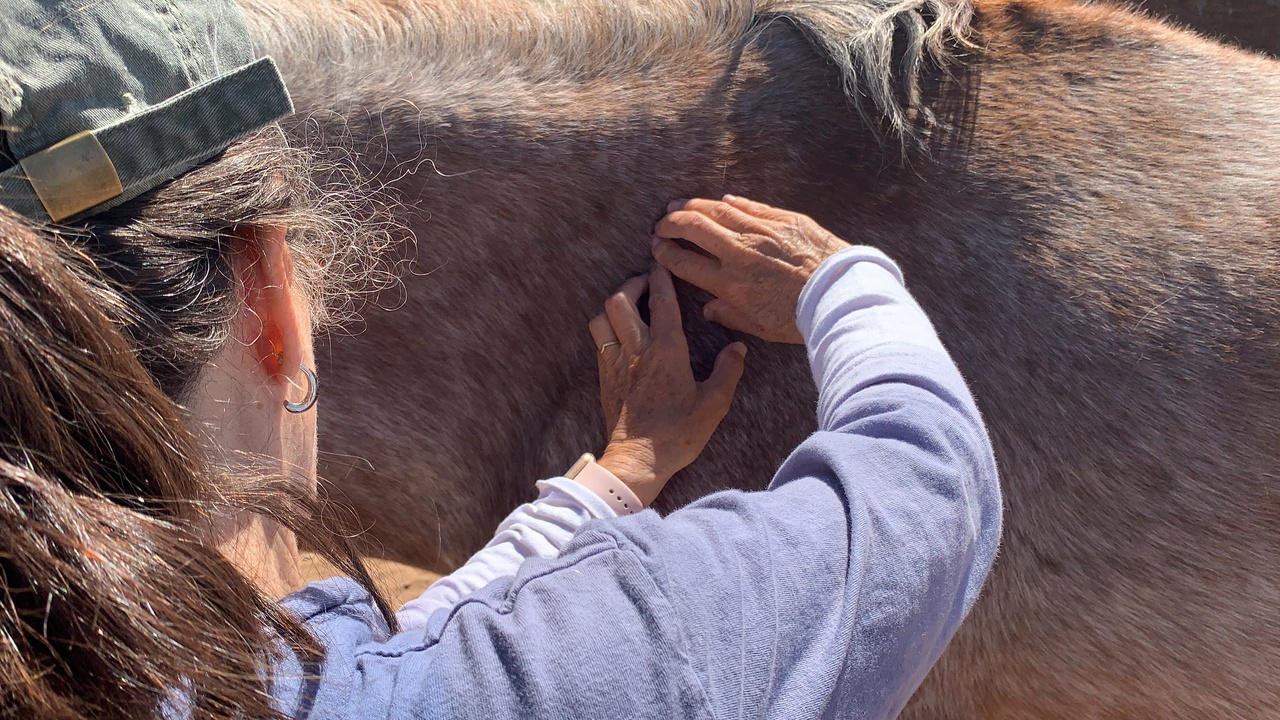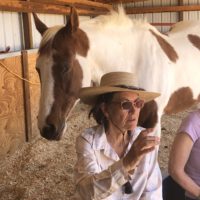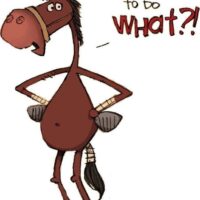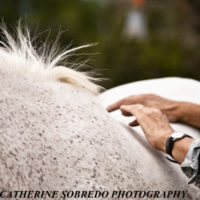Equine Fascia Network Anatomy – Part 1 | October 1, 8, 15, 22 and 29th, 2024 Tuesdays | 11 a.m.- 2:15 p.m. Mountain Time | Zoom Online 5-Part Course
$375.00
In the equine and all mammalian bodies, fascia is connective tissue with extensive relationships, functionalities and structures that connect the entire anatomy holistically. Its continuity is a place to begin – to move awareness beyond biomechanics, assess the tensegrity structure, and instead look at those lines of fascial connection that are the basis for vitality. This course takes an Ortho-Bionomy approach to working with the fascia by fostering self-awareness and deeper understanding in the equine body.
Early Bird Deadline September 22nd, 2024.
If you have always wanted to work with equine fascia in an exciting, more informative and effective way, this course is for you. The course includes the live zoom as well as the zoom recording of each session, 3D Anatomy program during class, home-grown and other videos, charts, handout, student examples and class assessments.
In the equine and all mammalian bodies, fascia is connective tissue with extensive relationships, functionalities and structures that connect the entire anatomy holistically. Its continuity is a place to begin – to move awareness beyond biomechanics, and instead look at those lines of fascial connection that are the basis for vitality. This course takes an Ortho-Bionomy approach to working with the fascia by fostering self-awareness and deeper understanding in the equine body.
We may wonder why some fascia may heal more quickly than others. That is because there are different types of fascia and supportive tissue (connective tissue, cartilage and bone), as well as depth of an injury and the relationship to the extent, arrangement and makeup of fibers and the intercellular fluids.
Collagen fibers are a major part of many fascia structures having to do with movement, which is a key element to our work with equines. By increasing our awareness of fascia through Equine Ortho-Bionomy, we can bring greater functionality to the body system.
This 5-part online course will cover our current understanding of fascia, the fascial webbing that follows the grain of the body’s connective tissue fabric, which forms traceable “meridians” of myofascia. When muscles contract inside this webbing they transmit a force toward resilient stability or toward chronic tension. Beyond origin and insertion which is a popular way of viewing muscles, most muscles have a number of very relevant soft-tissue attachments.
While fascia does indeed envelop almost every part of the body with its binding, strengthening, connecting and separating web, it has a specific purpose. Understanding fascia meridians helps us to accept how pain can be linked from what appears as the source to an area far from the source that doesn’t seem to hold pain at all.
In this course we will learn:
- Ways to identify fascial tension patterns as well as strengths.
- Relationships between different fascia.
- The role of fluids and collagen in the fascial system.
- Ways to address fascia through Equine Ortho-Bionomy.
- Reasons for contraction and emotional responses.
The course will take place on Tuesdays, between 11 and 2:15 p.m. Mountain Time, October 1st through 22nd. The fifth class will run until 2 p.m.
Receive a $50 discount on the combined package if you enroll in Parts I and II together. This discount will be applied at the registration of Part II. Contact the instructor to receive this discount.
For those who are enrolled in the Society of Ortho-Bionomy practitioner or instructor programs, a CE credit certificate is issued only if you are “present” online for each of the sessions. All participants are issued a certificate of completion for the Equine Body Balance(TM) program.







Reviews
There are no reviews yet.